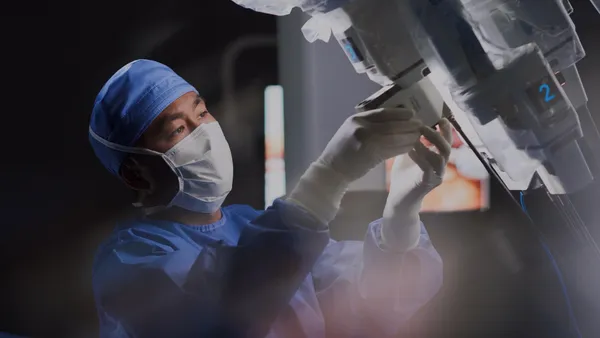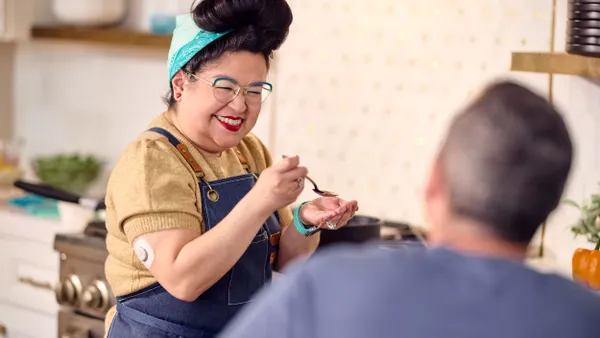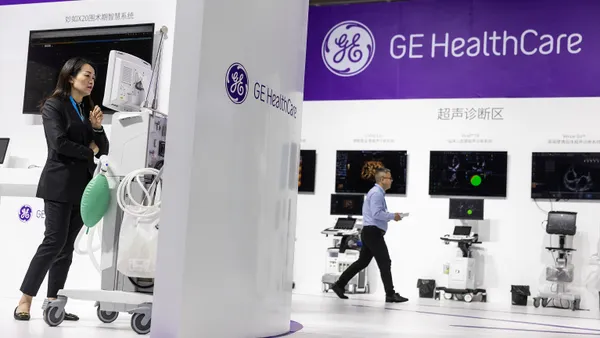Dive Brief:
- The FDA approved a stent to repair tears in the coronary artery that can occur during a procedure to clear blockages. The stent is covered with a polyurethane fiber membrane that creates a barrier to seal the perforation.
- While it's rare for a deep tear to open in the wall of an artery during a percutaneous coronary intervention (PCI), it can create a life-threatening emergency if it happens. The FDA approved Biotronik’s PK Papyrus System through its humanitarian use exemption process that allows a device to be marketed without proof of effectiveness.
- Berlin-based Biotronik said the device will be available to U.S. physicians in 2019, when the company also hopes to receive FDA approval for a range of new vascular intervention products.
Dive Insight:
Biotronik’s stent is the first new treatment for acute coronary artery perforation — a tear in the artery wall — in 17 years, the FDA said. Abbott Laboratories sells the only other covered coronary stent on the U.S. market, called the Graftmaster, and it is also a humanitarian use device. The humanitarian exemption is an approval path for conditions affecting fewer than 8,000 U.S. patients a year.
Biotronik, in a press release, claimed its stent is 58% more flexible and has a smaller profile than Abbott’s device.
"It's unacceptable that this critical care area has seen no innovation in nearly two decades,” Marlou Janssen, president of Biotronik, said in a press release. Biotronik’s device received Europe’s CE mark in 2013.
In reviewing the Biotronik device, FDA considered data from 80 patients who received PK Papyrus stents for coronary artery perforations. The stents successfully sealed the perforation in 73 patients, or 91.3%. Two deaths occurred during the PCI procedure, and seven patients needed to have fluid buildup drained from around the heart.
Post-procedure, five patients died whose perforations were sealed with the PK Papyrus stent, and one person died whose stent did not successfully seal the tear.
The advantage of the procedure lies in its ability to save time and help avoid the need for emergency open heart surgery to perform coronary artery bypass grafting. As with PCI for opening narrowed blood vessels, the covered coronary stent is delivered to the heart via a balloon catheter threaded through the artery.
“Hospitals need to have this potentially lifesaving device ready for physicians to use," said Dean Kereiakes, medical director at Christ Hospital and Vascular Center in Cincinnati, Ohio, in a press release from the company.











